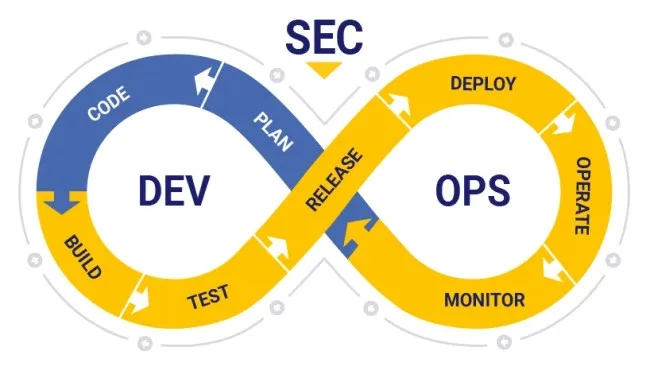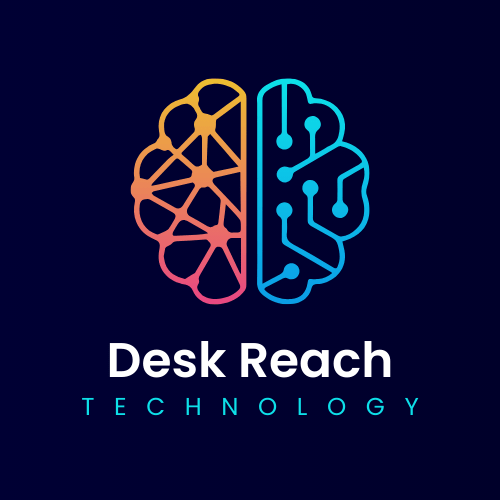
In the ever-evolving landscape of software development, security is no longer an afterthought; it’s an integral part of the process. Enter DevSecOps, a paradigm that seamlessly integrates security practices into the DevOps pipeline. This guide navigates through the realm of DevSecOps tools, exploring their significance, key features, and how they fortify the software development lifecycle.
Understanding DevSecOps
Decoding DevSecOps
DevSecOps is an extension of the DevOps philosophy, emphasizing the integration of security measures at every stage of the software development lifecycle. This proactive approach ensures that security is not a bottleneck but an intrinsic part of the development process.
Key Components of DevSecOps
- Continuous Security Monitoring: DevSecOps tools enable continuous monitoring of the development environment, identifying vulnerabilities in real-time.
- Automated Security Testing: These tools automate security testing processes, ensuring that every code change undergoes rigorous security checks before deployment.
- Container Security: As containerization becomes prevalent, DevSecOps tools focus on securing containerized applications, ensuring a robust and protected runtime environment.
- Compliance as Code: DevSecOps emphasizes writing compliance rules as code, automating the enforcement of security policies and standards.
Key Components of DevSecOps
Elevating Security Posture
DevSecOps tools play a pivotal role in elevating the overall security posture of software development. By automating security processes, they ensure that potential vulnerabilities are identified and addressed early in the development cycle.
Fostering Collaboration
DevSecOps encourages collaboration between development, security, and operations teams. Tools facilitate communication and shared responsibility, breaking down traditional silos and promoting a collective commitment to security.
Reducing Time to Market Risks
By integrating security measures into the continuous integration/continuous deployment (CI/CD) pipeline, DevSecOps tools mitigate the risks associated with vulnerabilities, reducing the time it takes to bring secure applications to market.

Reducing Time to Market Risks
Static Application Security Testing (SAST) Tools
- Checkmarx: A SAST tool that identifies and remediates security vulnerabilities in the source code.
- Fortify: Known for its accuracy, Fortify analyzes code to uncover vulnerabilities and provides detailed reports for remediation.
Dynamic Application Security Testing (DAST) Tools
- OWASP ZAP: An open-source DAST tool for finding vulnerabilities during runtime by simulating attacks.
- Burp Suite: A powerful platform for security testing of web applications, widely used for its versatility and efficiency.
Container Security Tools
- Aqua Security: Specializing in container security, Aqua provides runtime protection and vulnerability scanning for containerized applications.
- Twistlock: A comprehensive security platform designed for containerized, serverless, and microservices-based applications.
Container Security Tools
Best Practices for Implementation
- Integration with CI/CD Pipelines: DevSecOps tools should seamlessly integrate into existing CI/CD pipelines, ensuring security measures are part of the automated deployment process.
- Automation of Security Policies: Automate the enforcement of security policies by converting them into code, ensuring consistency and reliability.
- Continuous Training: Regularly update teams on the usage and features of DevSecOps tools to ensure effective utilization and maximum security benefits.
Overcoming Challenges in DevSecOps Implementation
Addressing Common Concerns
- Resistance to Change: The integration of security into the DevOps pipeline may face resistance. Clear communication of benefits and gradual implementation can help overcome this challenge.
- Tool Complexity: Some teams may find DevSecOps tools complex. Proper training and selecting user-friendly tools can mitigate this issue.
Advanced DevSecOps Tools
Interactive Application Security Testing (IAST) Tools
- Contrast Security: An IAST tool that provides real-time security analysis by instrumenting the application, allowing for continuous monitoring and immediate threat detection.
- Seeker by Synopsys: An innovative IAST solution that seamlessly integrates into the development process, offering accurate and actionable security insights.
Software Composition Analysis (SCA) Tools
- WhiteSource: Specializing in open-source security, WhiteSource scans your codebase for vulnerabilities in third-party components, ensuring a secure software supply chain.
- Snyk: A comprehensive SCA tool that not only identifies vulnerabilities in dependencies but also provides actionable remediation advice for developers.
Security Orchestration, Automation, and Response (SOAR) Tools
- Demisto by Palo Alto Networks: A robust SOAR platform that streamlines incident response through automation, enabling security teams to respond to threats with agility.
- Siemplify: Offering a unified platform for security operations, Siemplify enhances collaboration and automates repetitive tasks, allowing for efficient threat response.
The Evolution of DevSecOps Tools
Machine Learning-Powered Tools
- Darktrace: Leveraging artificial intelligence and machine learning, Darktrace detects and responds to cyber threats in real-time, evolving with the ever-changing threat landscape.
- CylancePROTECT: An advanced endpoint security solution that uses machine learning algorithms to proactively prevent malicious attacks before they can execute.
Behavioral Analysis Tools
- Varonis: Focusing on insider threat detection, Varonis utilizes behavioral analytics to identify abnormal user activities and potential security risks within the organization.
- Exabeam: A user and entity behavior analytics (UEBA) tool that analyzes patterns and anomalies in user behavior, providing early detection of potential security incidents.
Navigating the DevSecOps Ecosystem
Integrated Security Platforms
- IBM Security AppScan: An integrated platform that combines application security testing with runtime protection, offering a holistic approach to application security.
- Qualys Container Security: Bridging the gap between DevOps and security, Qualys Container Security provides continuous security for containerized applications.
Cloud-Native Security Tools
- Aqua Security for Serverless: As organizations embrace serverless computing, Aqua Security extends its prowess to secure serverless functions and applications.
- Trend Micro Cloud One: A comprehensive cloud security platform that addresses the unique challenges of securing applications and data in cloud environments.
Conclusion
In conclusion, the integration of DevSecOps tools into the software development lifecycle is not just a security measure; it’s a strategic imperative. By fostering collaboration, automating security processes, and reducing time-to-market risks, these tools ensure that security is not sacrificed for speed. As we navigate the digital landscape, embracing DevSecOps is not just about writing secure code; it’s about cultivating a culture of continuous security improvement.
The realm of DevSecOps tools is expansive and continually evolving to meet the challenges of the digital era. By integrating advanced tools such as IAST, SCA, and SOAR, alongside the evolution of machine learning and behavioral analysis, organizations can create an impenetrable defense against cyber threats. Navigating the DevSecOps ecosystem requires a tailored approach, with a focus on continuous learning and adaptation as a cultural imperative. As we fortify our digital frontier, DevSecOps tools not only secure our applications but also empower us to stay ahead in the ongoing battle against cyber adversaries.
Image credits: Google
To enhance your career in trending technologies: READ ME
